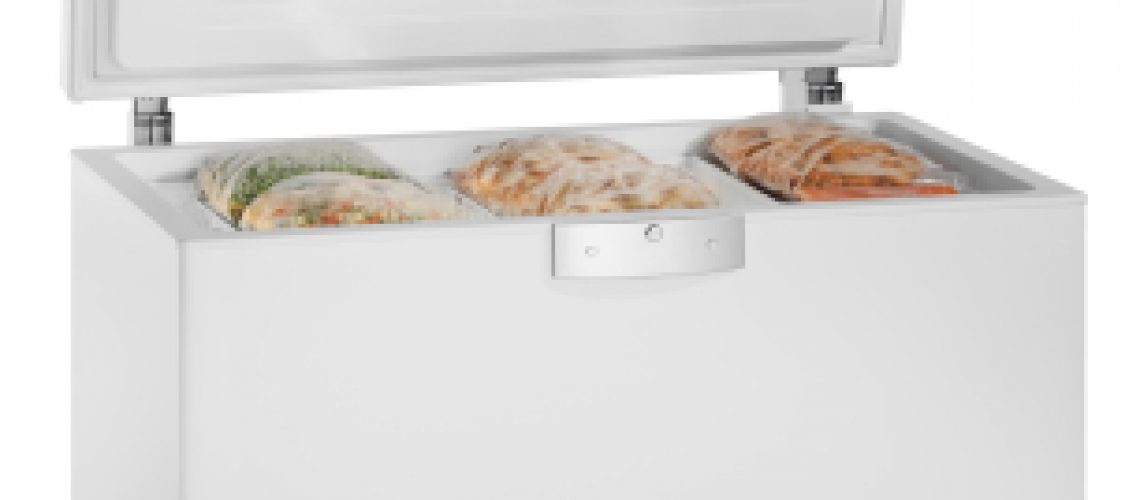As was discussed in Part 2, “Packing & Moving: Range & Dishwasher”, even if you are hiring a professional to do your packing and moving, these tips for preparing your fridge and freezer will still be relevant. Again, your particular moving company will inform you of your specific responsibilities regarding your household appliances. As always, it is important to consult your owner’s manual/manufacturer as they serve as the ultimate authority. The tips below are meant to serve only as guidelines to help you.
Moving companies do not disconnect or service household appliances, it is the home owner’s responsibility to be sure this is done. However, many moving companies will contract someone for you if you request it, but it is a third-party service that will be charged to your bill of lading (typically with some mark up). Of course you can always contact Gord’s Appliance directly to service your household appliances pre/post move as we do provide this service at a reasonable price.
Fridge
A refrigerator can develop mold and a terrible odour if it is not thoroughly cleaned prior to a move (particularly with moves of significant distance in hot weather, or if long term storage is involved). Unplug the fridge a minimum of 24 hours before your move to allow air to circulate and to ensure the fridge is completely dry – more time is needed if you do not have a frost-free model. Removable parts should be washed in mild detergent and warm water (never use harsh abrasive cleansers). The inside should be wiped down completely with a damp rag using a mild detergent and warm water. Be sure everything is dry before you put shelves and trays back inside. (Remember to get as much of the seals and crevices around the door as possible with something like an old, soft toothbrush.) Glass shelves should be packed separately in appropriate cartons. If your fridge is going to be in long term storage, I would recommend putting some dry coffee grounds in a paper lunch bag stapled shut inside the fridge and freezer units. This will absorb any latent moisture or odour. Clean off the back of the refrigerator with the brush attachment of your vacuum cleaner if there is lint build up. Wipe down all around the outside and remove the base covering so you can vacuum off the compressor or condenser. Empty and clean the evaporator tray and allow it ample time to dry. If your refrigerator is an older model, the compressor or motor may have to be bolted down, though most newer models have sealed units that don’t require this. If your particular fridge has an ice maker or a water dispenser the water must be turned off and the water line disconnected as well as the water reservoir emptied. Be sure doors are secured shut and cords are taped up out of the way.
Freezer
Because freezers are not designed to be shipping containers, it is best to empty your chest freezer or upright freezer before a move. The contents shifting during transit can cause plastic mouldings inside the freezer to crack and plastic shelves can be damaged as well. Also, there is no way to be sure that the temperature inside a freezer will remain at a food-safe level once a freezer is unplugged. Even if you are just going a short distance, I recommend emptying your freezer and cleaning it thoroughly. As with your refrigerator, 24 hours is the minimum amount of time that your freezer should be unplugged prior to the move. More time is required if you do not have a frost-free model as it will need to be defrosted first, cleaned with a mild detergent and warm water and allowed ample time to dry. (Try the same trick described for the fridge of using the dry coffee grounds in the stapled shut paper bag to absorb latent moisture and odour while your freezer is in transit and in storage.) Remember to allow your freezer to sit for 24 hours before you plug it in and use it again. This allows the oil in the compressor to settle so that it does not get damaged.
Avoid Unnecessary Service Calls
It is true that an ounce of prevention is often worth a pound of cure. The little bit of time required to properly prepare your appliances for a move could forestall the need for a service technician later. Follow the instructions of your moving company/owner’s manual or manufacturer as applicable.

